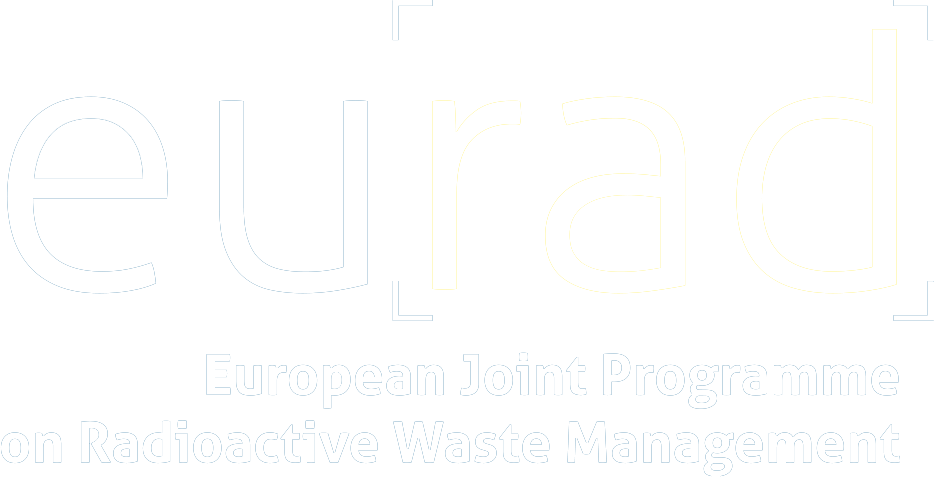As in other nuclear countries, the operation of the Ignalina nuclear power plant (INPP) in Lithuania has led to the accumulation of around 22 thousand of spent nuclear fuel (SNF) assemblies. A country’s responsibility for the safe management of its SNF is acknowledged worldwide. Within the European Union (EU), directive 2011/70/EURATOM contains the provision for every member state (country) to be responsible for the implementation of the safe and sustainable solution for SNF and radioactive waste management and disposal. Currently, it is envisaged that Lithuanian SNF will be stored in dry interim storage facilities (new and existing) for at least 50 y prior to possible deep geological disposal. Some investigations of the possibilities to dispose of the SNF in Lithuania have been initiated.
Researchers of Nuclear Engineering Laboratory have been actively involved in the analysis of problems related to the management of radioactive waste from INPP since 1994. For this purpose, the Laboratory performs assessments of the release of radionuclides from waste repositories, safety assessments of waste treatment technological equipment, storage and disposal facilities, and environmental impact studies. Typically, the safety and performance analysis are supported with the numerical modelling of coupled thermo-hydro-mechanical-chemical processes.
Powerful numerical tools COMSOL Multiphysics and Phreeqc are already available at LEI; however, currently they can be operated in separate modes. To simulate reactive solute transport with groundwater requires a communication between flow ant transport simulator such Comsol Multiphysics and the solver of chemical interactions (dissolution, precipitation, ion exchange, surface complexation, etc.) such as Phreeqc. iCP (interface Comsol–PhreeqC) developed at Amphos 21 is powerful and flexible tool for this communication and have used to simulate a wide variety of geochemical systems. Participation in 3 days iCP training course allowed to get basics about iCP framework, preparation of input files, run the simulations, analysis of the results.
Taking this training increased my competence in modelling complex coupled THMC processes in backfill materials (cementitious, clay based). It will also expand the LEI researchers’ competence in the evaluation of the properties of the engineered barrier system and its long-term performance in geological repository conditions and in the provision of scientific support to the decision making bodies within the Lithuanian repository development programme. Also, the gained knowledge and skills will allow LEI scientists to contribute to the analysis of HM, THC processes in the geological repository within the framework of EURAD WP MAGIC, Donut more effectively.


